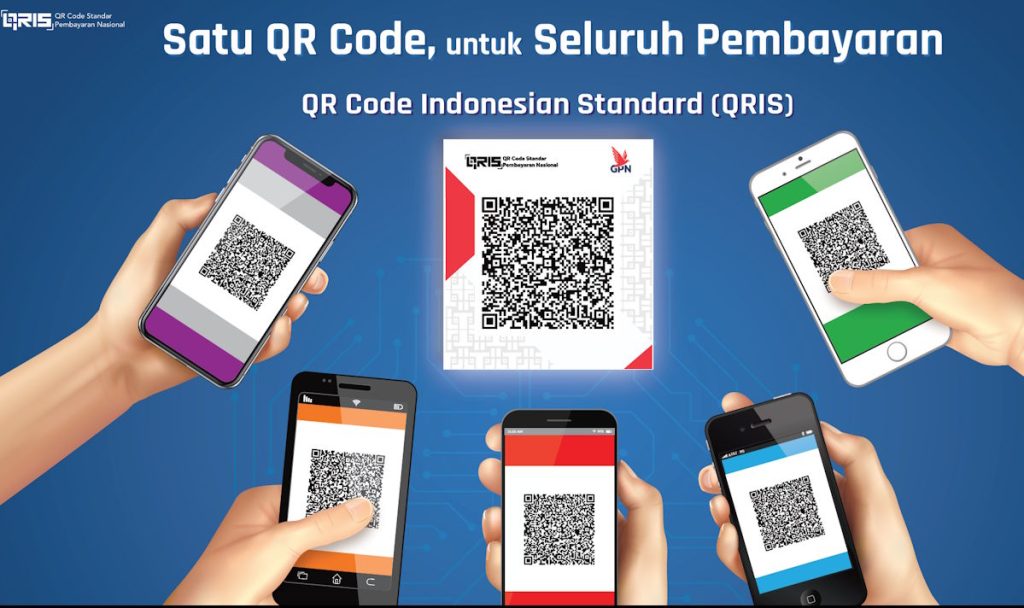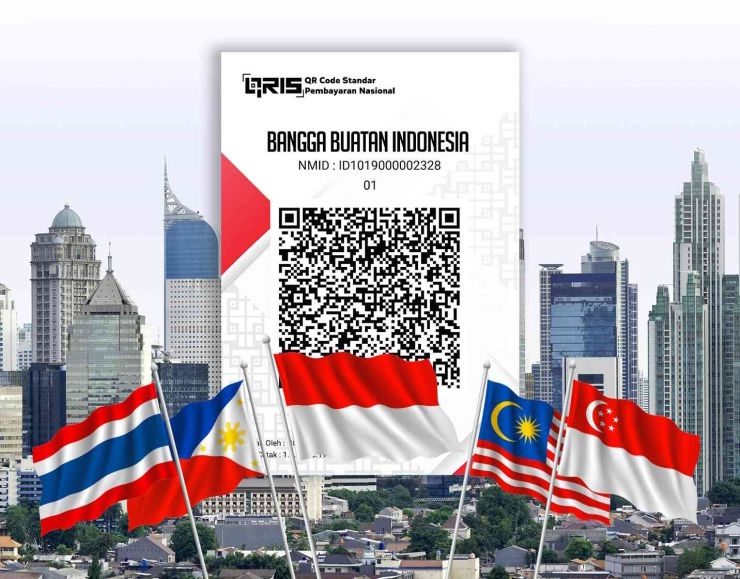
Indonesia’s national QR code standard, known as QRIS (Quick Response Code Indonesian Standard), has changed the way millions of Indonesians pay for food, groceries, and services. But the deeper story goes beyond convenience—it’s about power, control, and economic independence in an increasingly digitized world.
From small vendors in rural Sumatra to coffee shops in Jakarta’s trendiest neighborhoods, QRIS is everywhere. The unified code, introduced by Bank Indonesia in 2019, has seen explosive growth: as of early 2025, it’s accepted by more than 30 million merchants, with daily transaction volume in the billions of rupiah.
But what does it mean when a country builds and mandates its own digital payment infrastructure—outside of Visa, Mastercard, or PayPal? For Indonesia, QRIS isn’t just about efficiency. It’s about sovereignty.
QRIS: From Convenience to Control

The public messaging around QRIS often focuses on interoperability—how it allows consumers to pay any merchant using any domestic wallet or banking app. But policymakers have a broader vision: to ensure that domestic economic transactions stay within Indonesia’s regulatory and data jurisdiction.
Indonesia’s central bank, Bank Indonesia, has positioned QRIS as a foundation for financial inclusion and national digital transformation. But insiders point out that it also serves as a counterweight to foreign-dominated payment networks, which for decades have taken a cut of Indonesia’s transaction value while hosting sensitive data overseas.
“Every rupiah transacted through QRIS is a rupiah we can trace, regulate, and keep within national systems,” said a senior financial official who spoke to Gizmologi under condition of anonymity. “That’s not just good economics. That’s sovereignty.”
When Payment Systems Become Political

QRIS gained international attention not just for its scale, but also for the friction it caused with foreign partners.
During trade negotiations between Indonesia and the United States—particularly under the Trump-era tariffs framework—the U.S. Trade Representative (USTR) raised concerns that QRIS could disadvantage American firms. The complaint? That Indonesia’s national QR code system effectively excluded or limited access for international card networks like Visa and Mastercard, potentially violating principles of fair trade.
In one report, USTR noted that Indonesia’s payment regulations, including QRIS, could “unfairly favor domestic providers” and become barriers to market access.
Indonesia, on the other hand, has defended QRIS as a non-discriminatory standard—one aimed at achieving interoperability, efficiency, and financial inclusion, not protectionism.
The tension illustrates a new global battleground: not tariffs or ships, but APIs and QR codes.
Goes Regional with QRIS Cross-Border Solutions

QRIS is not only a tool for domestic control. It’s also becoming a key piece in Indonesia’s regional financial diplomacy.
In the past two years, QRIS has become interoperable with payment systems in Thailand, Malaysia, Singapore, and the Philippines under the ASEAN Payment Connectivity initiative. A tourist from Bangkok can now pay in Jakarta using their local Thai QR payment app—and vice versa.
This system is a leap forward for cross-border payments, especially among ASEAN economies, which are often neglected by global fintech giants. It also creates an ASEAN-centered financial architecture—reducing reliance on Western networks and settlement systems.
Empowering the Base of the Pyramid
QRIS also plays a crucial role in Indonesia’s effort to formalize the informal economy.
Tens of millions of micro and small merchants—warungs, food carts, pasar traders—now accept QRIS through simple smartphone apps. Merchant onboarding has been dramatically simplified, with sign-ups often taking less than 10 minutes.
This formalization brings multiple benefits:
- Greater access to microloans and digital credit scoring
- Entry into the national tax ecosystem (eventually)
- Participation in government subsidy programs through direct digital disbursement
The system is also highly inclusive: unlike credit cards, QRIS works for those without formal bank accounts—leveraging mobile e-wallets and phone-based authentication.
Not Without Challenges
Despite its growth, QRIS still faces several barriers:
- Consumer education is uneven—many users still don’t understand how QRIS works or trust it for large purchases.
- Internet access remains a challenge in remote or rural areas.
- Usage concentration is heavily skewed toward Java and Bali.
- There are concerns about centralization of transaction data in the hands of Bank Indonesia and a few major QRIS-acquiring institutions.
There’s also the open question of cross-border ambitions. Can QRIS—or a system like it—eventually compete with global fintech players? Or is it destined to remain a domestically confined solution?
Symbol or Substance?
In the end, QRIS is more than a technical standard. It’s a statement of intent.
A country that controls its payment rails controls more than just cash flow—it controls access, data, taxation, credit, and behavioral patterns of consumption. That’s why payment infrastructure is increasingly seen as critical national infrastructure, on par with ports, telecom towers, or energy grids.
Indonesia may still rely on global tech for cloud, chips, or social media. But in the realm of everyday payments, it is asserting itself—with a scan, a beep, and a uniquely Indonesian system.
As digital payments continue to grow across Southeast Asia, QRIS serves as both blueprint and battleground. It is proof that digital convenience and national strategy can go hand in hand—and that in the world of fintech, sovereignty is now just a scan away.


